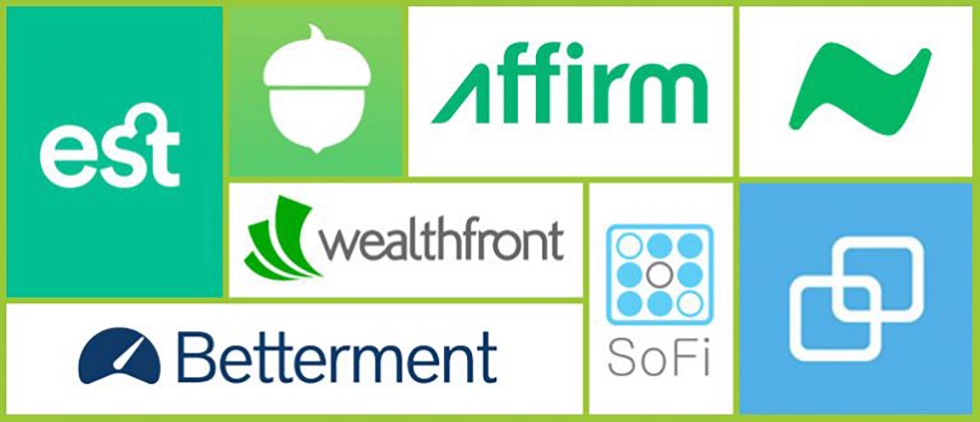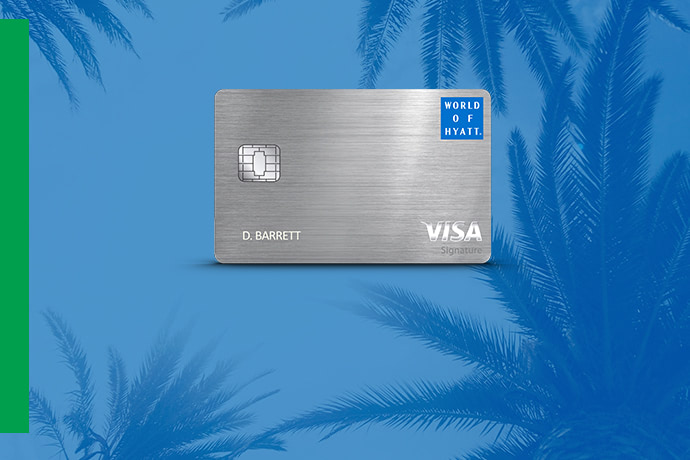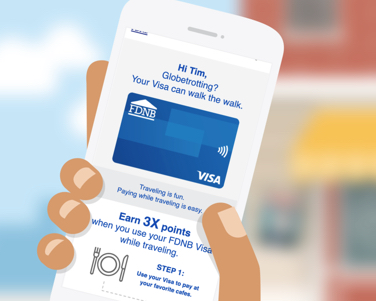Millennials “Destroy” Banks But Engage With Financial Services Startups

On the one hand, you have this: “Sorry, banks, Millennials hate you” (FastCompany). On the other, you have “Millennials embrace upstart financial brands” (AdvertisingAge). It’s an interesting juxtaposition – one that has some important insights for financial services marketers.
We’ve all read the reports about Millennials not utilizing traditional banking products, like mortgages and checking, and how they’re ditching credit cards while inspiring prepaid cards to evolve. What’s becoming clear is that Millennials aren’t anti-financial services – it’s just that they want it on their terms, which is what they’ve been telling us all along.
This means everything in financial services from products and services to apps and other user interfaces – and even branches and customer service channels – will have to be reimagined to match the needs of this valuable demographic. It’s at banks’ own expense if they fail to innovate and capture the business of Millennial customers. And they don’t have a lot of time: others are already winning them over.
At Millennials’ fingertips are a growing number of digital services, tools, apps and even “robo-advisers” to help them do their own research and be “self-service” as much as possible. Here are some examples:
- investing services like Betterment, RobinHood and Wealthfront;
- Acorns, which invests spare change from everyday purchases;
- new models for refinancing student loans like SoFi, CommonBond and Earnest;
- credit card alternative Affirm;
- and even cash delivery services like Nimbl to challenge ATMs.
While some of these may seem far-fetched for traditional banks, what’s clear is that the name of the game is innovation in personalization and convenience. In “Millennials are destroying banks, and it’s the banks’ fault,” a recent post at TechCrunch, Millennial Danny Chrichton writes, “I want a bank where absolutely everything can happen through my phone, and if I need help, I can ask a banker about something instantly through the click of a button. I want a concentrated set of services designed just for me, and not a menu with more than 50 options for services that aren’t even relevant for me. I want to transfer money in 10 seconds – not 10 screens.”
Chrichton goes on to warn, “Banks are here to stay – for now. It is clear, though, that startups, often led by Millennials and ushering in Millennials as early adopters, are coming for the heart of the banking industry. How it responds will determine who owns the capital of the most important capitalist country in the world.”
Just how will the financial services industry respond? Perhaps one way is for banks to purchase startups that prove successful. For example, according to the AdAge article, “Capital One earlier this year acquired the budgeting app Level Money, which is popular with Millennials.”
But banks are going to have to dig deeper for far more meaningful and systemic changes. In doing so, they might just find that they attract attention beyond the Millennial segment. As Crichton concludes, “Everyone wants these features… The difference today is that Millennials are willing to shop elsewhere, because we are simply not going to accept that these are the only products on the market. We are willing to try new startups and their innovations, since they speak our consumer language while the traditional banks do not. If the big Wall Street banks fail in this new environment, it won’t be because they failed to bring Millennials into the fold. It will be because they will have failed to innovate for all of their customers.”









